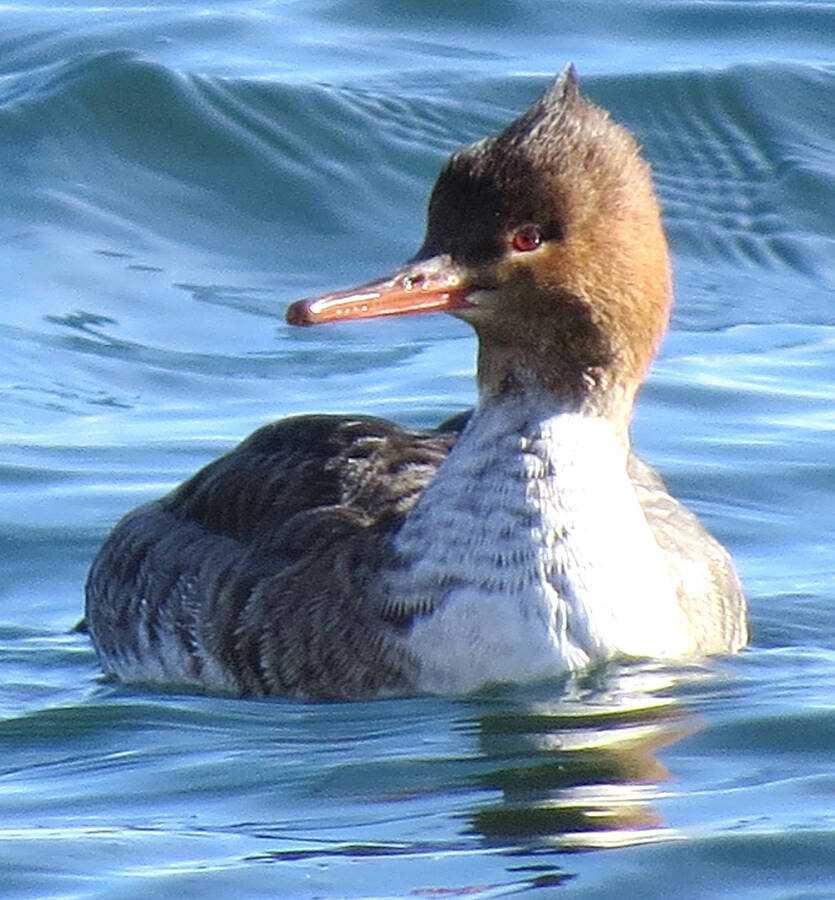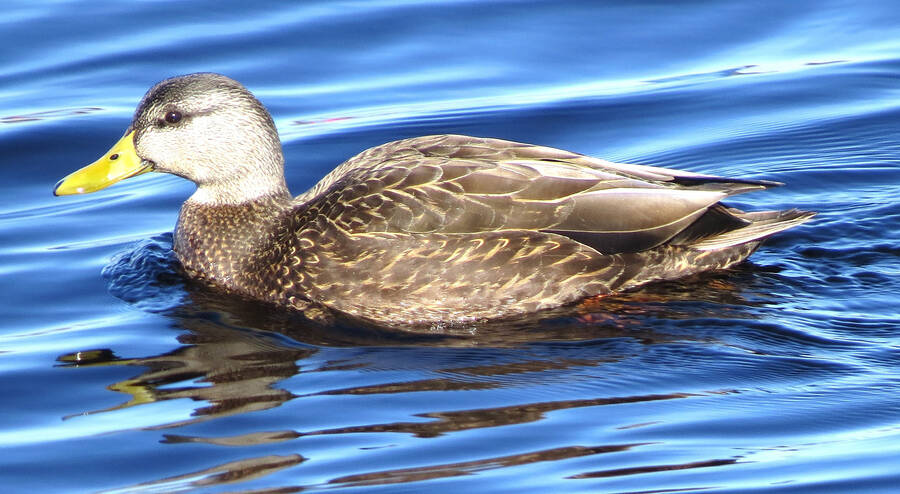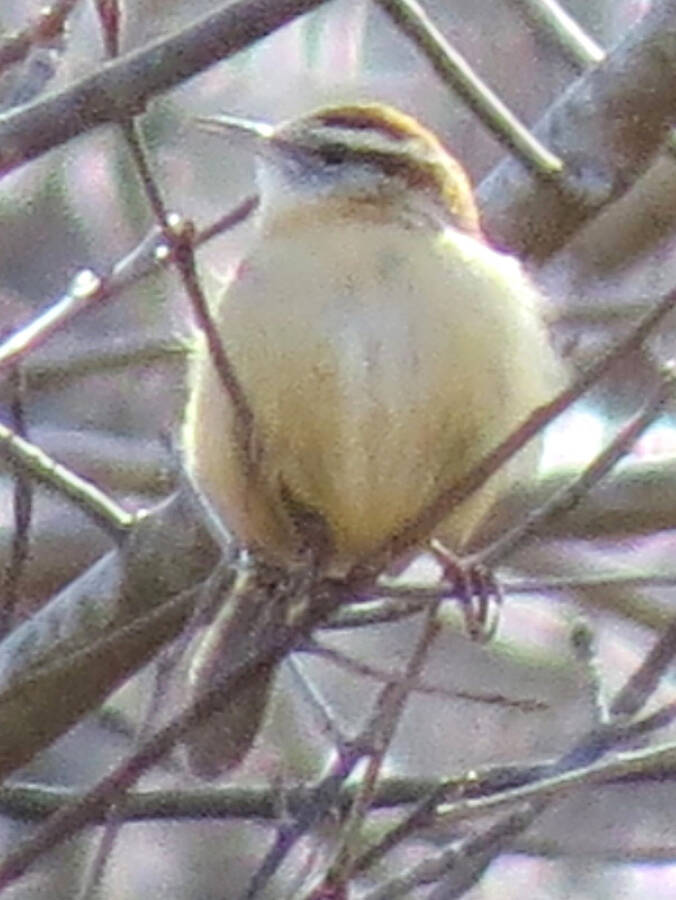
2024-03-13
All about the Carolina wren
It is that time of year when birds are starting to set up territories or are already in the process of nesting.
March 2 was a spring-like day. I heard northern cardinals, song sparrows and a number of other species calling on territory. There were numbers of American robins around also.
I was birding with Lise Bell and we had heard about a Carolina wren that was back for its third winter in Liverpool, so that was our target bird for the day. We were not disappointed as we both saw this bird and heard it cheerily singing away.
The Carolina wren is normally resident from Nebraska, east to south Ontario, Massachusetts, Texas, the Gulf coast, Florida and Mexico. It is the state bird of South Carolina. The Carolina wren is the largest and reddest wren of North American. They are 13.1 to 15 cm long with a wingspread of 16.9 to 19.4 cm. They are a rich red-brown above with a white chin and a conspicuous white stripe over the eyes. The underparts are buff.
The Carolina wren eats arthropods, beetles, cotton-boll weevils, stink bugs, soldier bugs, leaf hoppers, chinch bugs, and also scale insects, caterpillars, moths, grasshoppers, crickets, cockroaches and eggs, crane flies, spiders and harvestmen, sow bugs, millipedes, snails and also lizards, tree frogs and some berries and seeds.
Tom Drew saw a large V-shaped formation of 300 black ducks at Dublin Shore. These birds dove all at once. The ducks in question would have been black scoters.
I see groups of between 300-800 every year about this time. They are gathering before migrating to their nesting grounds. I've had reports of large numbers of waterfowl moving through. At the end of February, Natalie Barkhouse-Bishop and Wayne Greene, had over 100 northern pintails at one location in Halifax County. Someone else had numbers of northern shovelers.
On March 2, Barbara McLean saw the pink-footed goose at Second Peninsula. It was still present when Logan Moore saw it there on March 4. Nancy Whynot of Upper LaHave reported that a merlin has been hanging around her yard all winter. On March 2, Mark Dennis saw the clay-coloured sparrow at First Peninsula.
On March 1, John Loch spotted a black vulture at Musquodoboit Harbour. March 2 produced a tufted duck for David McCorquodale at Wentworth Creek in Cape Breton. Logan Moore had a rusty blackbird in Melbourne and Mark Dennis reported that the common gull was still at West Head on Cape Sable Island. Angela Granchelli had a winter wren singing in her yard at Eastern Passage on March 5.
You may reach me at (902) 693-2174 or email jrhbirder@hotmail.com.








